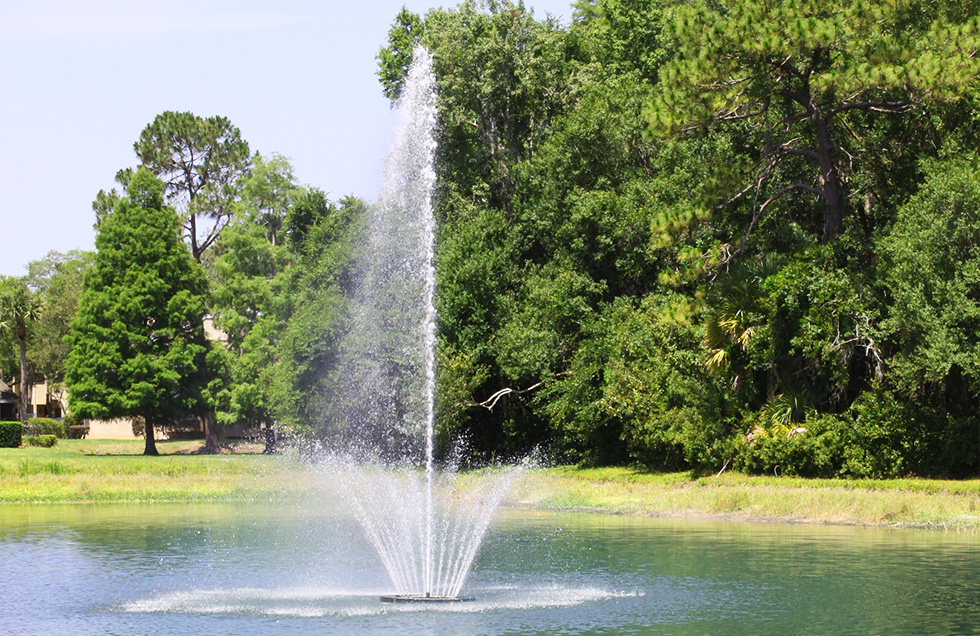Waterways are the lifeblood of our planet, supporting ecosystems, economies, and communities. Whether it’s a serene pond, a vibrant river, or a picturesque lake, these bodies of water play a crucial role in maintaining biodiversity and providing resources. However, just like any living system, water bodies require care and attention to thrive. One of the key factors in maintaining a healthy aquatic environment is aeration. In this blog post, we’ll explore the significance of aeration for your waterway and how it can contribute to its overall well-being.
What is Aeration?
Aeration is the process of introducing air into water, typically by creating movement at the water’s surface. This can be achieved through various methods such as mechanical aerators, diffusers, fountains, and natural means like wind and waves. Aeration serves to increase the oxygen levels in the water, which is vital for the survival of aquatic life.
The Importance of Oxygen:
Just as we need oxygen to breathe, aquatic organisms require dissolved oxygen to carry out their metabolic processes. Oxygen supports the respiration of fish, plants, and other underwater creatures, allowing them to thrive. When oxygen levels drop, due to factors like pollution, temperature changes, or excessive organic matter, the water becomes hypoxic or anoxic, leading to the death of many organisms.
Benefits of Aeration:
1. Improved Oxygen Levels: Aeration replenishes the oxygen content in water, preventing hypoxia and anoxia. This ensures that aquatic life can respire efficiently, supporting fish health and overall ecosystem balance.
2. Nutrient Circulation: Aeration encourages the movement of nutrients throughout the water column. This prevents nutrient stratification, where essential nutrients are trapped at the bottom, potentially leading to harmful algal blooms.
3. Waste Decomposition: Organic matter such as dead plants and animal waste can accumulate at the bottom of water bodies. Aeration accelerates the breakdown of these materials, preventing the build-up of harmful gases like hydrogen sulfide.
4. Temperature Regulation: Moving water tends to have more consistent temperatures. Aeration prevents the formation of thermal layers, reducing the risk of temperature-related stress on aquatic organisms.
5. Prevention of Ice Formation: In colder climates, aeration can prevent the complete freezing of water bodies. This provides a vital refuge for aquatic life during winter months.
6. Enhanced Aesthetic Appeal: Aeration methods like fountains not only add visual appeal to water bodies but also aid in maintaining water quality by increasing surface area for oxygen exchange.
7. Mosquito Control: Mosquitoes breed in stagnant water. Aeration disrupts their breeding habitats by creating water movement, reducing mosquito populations naturally.
Conclusion:
Aeration is, quite literally, the breath of life for your waterway. Whether you’re managing a pond in your backyard or a larger aquatic ecosystem, understanding and implementing proper aeration techniques can make a substantial difference in the health and vitality of your water body. By ensuring optimal oxygen levels, nutrient circulation, and waste decomposition, you’re contributing to a thriving environment that benefits aquatic life, surrounding communities, and the planet as a whole. So, let’s embrace the power of aeration and give our waterways the care they deserve.


Recent Comments